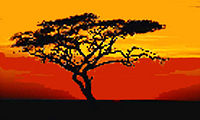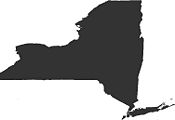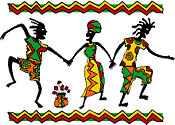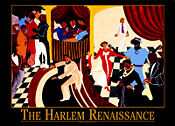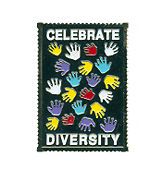| wiki | search |
Main Page | Groups and Assignments | Bios | History | Harlem | Diversity Today | Help
This Wiki is designed to provide information on the various aspects of "Black New York." Check out our site below, which features three sections, each one divided into different subcategories where you can find the exact piece of information that you are looking for. On our wiki you can find historical facts, photographs, and a host of multimedia. You will also learn about "Black New York" today and the various ethnic groups that encompass it. We hope you have fun and learn something new while viewing our page!
The History of Black New York : 1624-1930
Though few of today's New Yorkers realize it, New York was once one of the largest slave cities in the United States. In fact, slavery was an important institution in the Dutch colony of New Amsterdam (1624-1664) and became even more economically important under British "New York" (1664-1776). Slavery even persisted for decades in New York under the new American Republic, not being fully abolished in the city until 1827. Unfortunately, systematic discrimination against Black New Yorkers did not cease with the end of slavery. Prejudice, structural discrimination, and even mob violence directed against Blacks continued well into the 20th century. This section chronicles the history of Black New York from its small beginnings under the Dutch in 1624 up until the Great Migration in the 1930's.
When Harlem Was King : The Harlem Renaissance (1920-1940)
The Harlem Renaissance is one of the most important periods in American cultural and ethnic history because it served as a geographic and cultural platform for African-American artists and intellectuals. In dialogues with one another, these writers and performers succeeding in becoming a major influence on mainstream popular American culture. This cultural renaissance included a flowering in areas as varied as art, music, literature, dance, and theater. This section is about the rise and fall of Harlem, the Renaissance's lasting contributions to society, and even includes biographies of some of Harlem's leading figures during that time, such as poet Langston Hughes and writer Zora Neale Hurston.
The Diversity of Black New York Today : Immigrants, African-Americans, and More
By 2000, a full 25% of Black New Yorkers were immigrants, mostly from the Anglophone Caribbean (aka, The West Indies). Another large group of Black New Yorkers are Hispanic, hailing from Spanish Caribbean islands such as Puerto Rico, The Dominican Republic, and Cuba. Still other Black New Yorkers come from places like Haiti, Panama, Colombia, and many African countries. Thus, any profile of Black New York must include a discussion of the ethnic, cultural, and national DIVERSITY among Blacks in the City. Thus, this part of the site encompasses demographic information regarding the wide spectrum of Black New York. Additionally, we share comparative information on African Americans, Puerto Ricans, Dominicans, West Indians, and even Black Londoners. Finally, we include some cultural and ethnic data on New York soul food, the multicultural origins of Hip-Hop in New York, and West Indian festivals.

